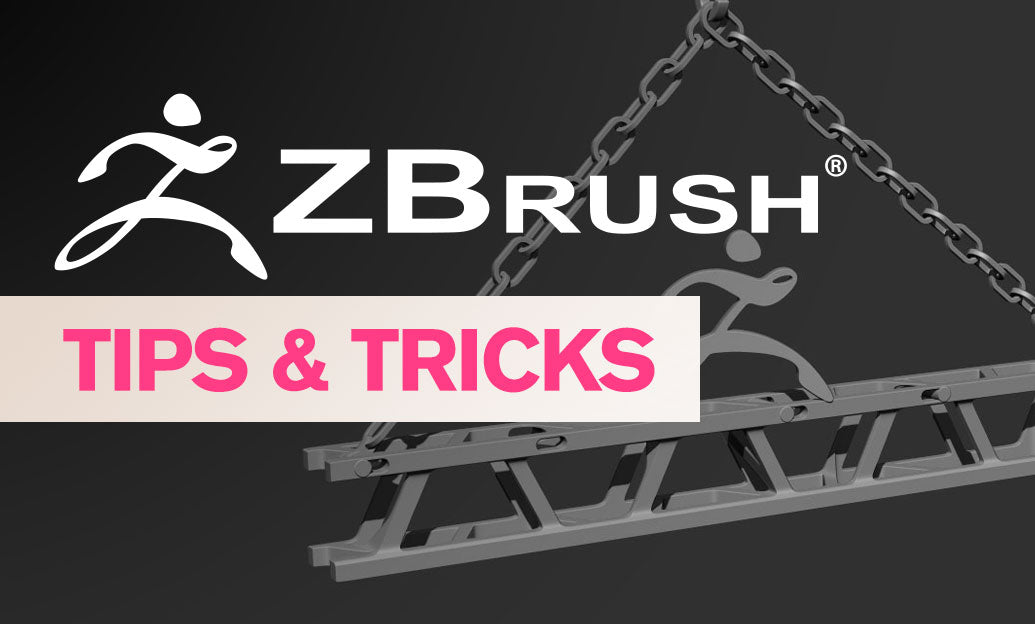Your Cart is Empty
Customer Testimonials
-
"Great customer service. The folks at Novedge were super helpful in navigating a somewhat complicated order including software upgrades and serial numbers in various stages of inactivity. They were friendly and helpful throughout the process.."
Ruben Ruckmark
"Quick & very helpful. We have been using Novedge for years and are very happy with their quick service when we need to make a purchase and excellent support resolving any issues."
Will Woodson
"Scott is the best. He reminds me about subscriptions dates, guides me in the correct direction for updates. He always responds promptly to me. He is literally the reason I continue to work with Novedge and will do so in the future."
Edward Mchugh
"Calvin Lok is “the man”. After my purchase of Sketchup 2021, he called me and provided step-by-step instructions to ease me through difficulties I was having with the setup of my new software."
Mike Borzage
Revolutionizing Design with Automated BOM Generation in Modern CAD Systems
April 22, 2025 7 min read


Introduction and Background
In the current landscape of modern engineering and design, CAD systems have evolved far beyond their original purpose of merely serving as digital drawing boards. They now function as comprehensive platforms that integrate complex design logic, simulation, and analysis, ultimately enabling engineers and designers to transform their ideas into executable projects with remarkable precision. These systems have become central to the design process, offering high-level visualization, real-time modifications, and seamless data exchange among various software tools. One of the key elements that significantly contributes to the successful execution of a design or manufacturing project is the Bill of Materials (BOM). A BOM is a comprehensive list of materials, components, and assemblies required to build a product, and it plays a critical role in the product design process, manufacturing workflows, and overall supply chain management. Its importance lies in the fact that a well-organized BOM directly translates into reduced production errors, minimized waste, improved inventory management, and enhanced communication among the different teams involved in product development. Even though the introductory discussion on BOMs is necessarily brief, it is crucial to note that without an accurate BOM, product complexity and time-to-market issues can escalate considerably. The emergence of automated BOM generation has been a transformational breakthrough for design workflows. Historically, BOM generation was a time-consuming, error-prone, and labor-intensive task performed manually by engineers and designers. This manual approach often resulted in inconsistencies, misinterpretations, and delays that had the potential to derail entire projects. However, automation in BOM generation leverages advanced algorithms and data management techniques that streamline the extraction, analysis, and organization of detailed component and material information. Through the integration of these automated processes into CAD systems, modern engineering workflows have achieved unprecedented levels of reliability and efficiency. Furthermore, the automation process is continuously being refined to harness the benefits of data analytics and artificial intelligence, thereby ensuring that every component is accurately tracked and documented. As engineering projects grow in complexity and scale, the need for such sophisticated systems becomes increasingly undeniable. In today's competitive environment, immediate access to real-time, reliable data is critical for swift decision-making, especially in a landscape where precision and agility are key competitive advantages. This transformation not only enhances the overall productivity but also helps reduce errors by minimizing human intervention in tedious, repetitive tasks. Thus, automated BOM generation stands as a pivotal technology that has redefined the boundaries of what is possible in the world of design and manufacturing.
Technical Framework and Integration
The technical framework behind automated BOM generation represents an advanced interplay between algorithms, data management techniques, and sophisticated integration protocols. At its core, the process involves several layers of computation that extract, validate, and organize data embedded within the complex geometries and design blueprints produced by CAD systems. A variety of algorithms perform detailed explorations of the design files to identify individual components and their interconnections. These algorithms rely heavily on pattern recognition, database querying, and the use of logical filters to segregate essential information from the large volume of generated data. Data management techniques such as relational databases or even non-relational databases are employed to store these components’ details, ensuring that updates and modifications are reflected automatically across the system. The software architecture typically includes modules designed for parsing design files, employing smart filters that use parametric constraints and metadata tagging to verify that every piece of data relevant to BOM is collected and correctly classified. The importance of metadata tagging cannot be overstated, as it ensures that every component, regardless of the level of complexity or the intrinsic details of the design, is captured with appropriate context. This context is critical for downstream processes like material procurement and inventory management. Seamless integration with other design software tools and enterprise resource planning (ERP) systems is another cornerstone of successful automated BOM generation. This integration enables smooth data flow and eliminates traditional bottlenecks associated with transferring information between isolated systems. For instance, automated tools can easily export BOM data into ERP modules for further processing, thereby reducing the need for manual intervention during the data handover process. Several integration techniques are implemented to facilitate this smooth workflow; these include:
- API-based data exchange: which allows for real-time synchronization between CAD tools and ERP systems.
- Unified data models: which help maintain consistency in data representation across various platforms.
- Cloud-based data consolidation: which provides secure and centralized storage for BOM information.
Implementation Strategies and Industry Impacts
The transition from manual BOM creation to an automated BOM generation system has proven to be exceedingly beneficial for organizations striving for greater efficiency and reduced error rates. Historically, manually curated BOMs have been the source of miscommunication, delays, and increased rework, largely due to the inherent limitations of human input when dealing with intricate and voluminous design data. In environments where precision is paramount, such as in the design of mechanical components or electrical assemblies, these discrepancies can lead to significant cost overruns and schedule disruptions. The automated BOM generation process addresses these challenges head on by introducing an array of systematic strategies that greatly enhance data accuracy, workflow efficiency, and cross-departmental collaboration. For professionals accustomed to traditional methods, the shift to automation may require an initial period of adjustment; however, the long-term gains in reliability and operational speed far outweigh the transitional challenges. Implementing an automated BOM generation system typically follows a series of step-by-step strategies that are designed to integrate seamlessly into pre-existing design processes. One such strategy is the careful mapping of the current data flow between design, manufacturing, and purchasing departments, which lays the groundwork for identifying potential points of failure in the traditional BOM process. From this foundation, organizations can then incorporate automated techniques to eliminate redundancy and enforce standardization across all documentation practices. The benefits of this automation include:
- Enhanced productivity: by freeing up engineering resources from time-consuming manual tasks, allowing them to focus on innovation and design refinements.
- Reduced operational errors: through systematic data validation and real-time updates, ensuring that every change in the design is immediately reflected in the BOM.
- Streamlined communication: among engineering, purchasing, and manufacturing departments, as everyone operates on a unified data set that is dynamically updated.
Conclusion and Future Directions
The evolution of automated BOM generation has undoubtedly redefined modern engineering and product design workflows, offering numerous advantages over traditional manual methods. With the integration of CAD systems and intelligent data management techniques, automated BOM processes have transformed how designers, engineers, and manufacturers collaborate on product development. The most apparent benefits include enhanced productivity, significant reductions in errors, and streamlined workflows that ensure every detail is communicated across the organization efficiently. By automating the routine yet essential task of compiling a Bill of Materials, organizations can focus more on design innovations and value-added engineering processes rather than being bogged down by repetitive administrative tasks. The improved accuracy and consistency in BOMs not only bolster the overall quality of product documentation but also promote greater confidence in supply chain decisions, as every component is clearly tracked, validated, and updated in real time. Looking to the future, the role of CAD systems will continue to evolve in tandem with advancements in data analytics and artificial intelligence. One of the most promising research directions is the increased interoperability of automated BOM generation systems with cloud-based platforms. The shift towards cloud integration will enable real-time data synchronization, ensuring that updates in design changes are instantly disseminated across all relevant systems—ranging from ERP systems to supplier databases. Moreover, the potential for leveraging big data analytics to predict trends and optimize component selection based on historical performance data is immense. This predictive capability could allow manufacturers to not only address current supply chain challenges but also anticipate issues before they become critical problems, leading to a more resilient production process. As organizations adapt to these rapidly evolving technologies, the strategy will involve a careful balance of maintaining data security while exploiting the operational efficiencies provided by automated systems. Key considerations for future implementations include:
- Enhanced interoperability: with established enterprise systems to ensure a unified flow of information.
- Real-time data synchronization: to support dynamic decision-making and responsive design modifications.
- Scalable architectures: that can adapt to ever-increasing design complexity and product innovation cycles.
Also in Design News

Cinema 4D Tip: Lock Framing Early with Cinema 4D Safe Frames and Aspect Overlays
October 30, 2025 2 min read
Read More
ZBrush Tip: Conservative Projection Workflow for Artifact-Free Detail Transfer
October 30, 2025 2 min read
Read More
V-Ray Tip: Bake Static GI into Lightmaps for Real-Time Engines
October 30, 2025 2 min read
Read MoreSubscribe
Sign up to get the latest on sales, new releases and more …


